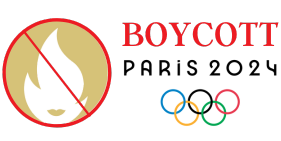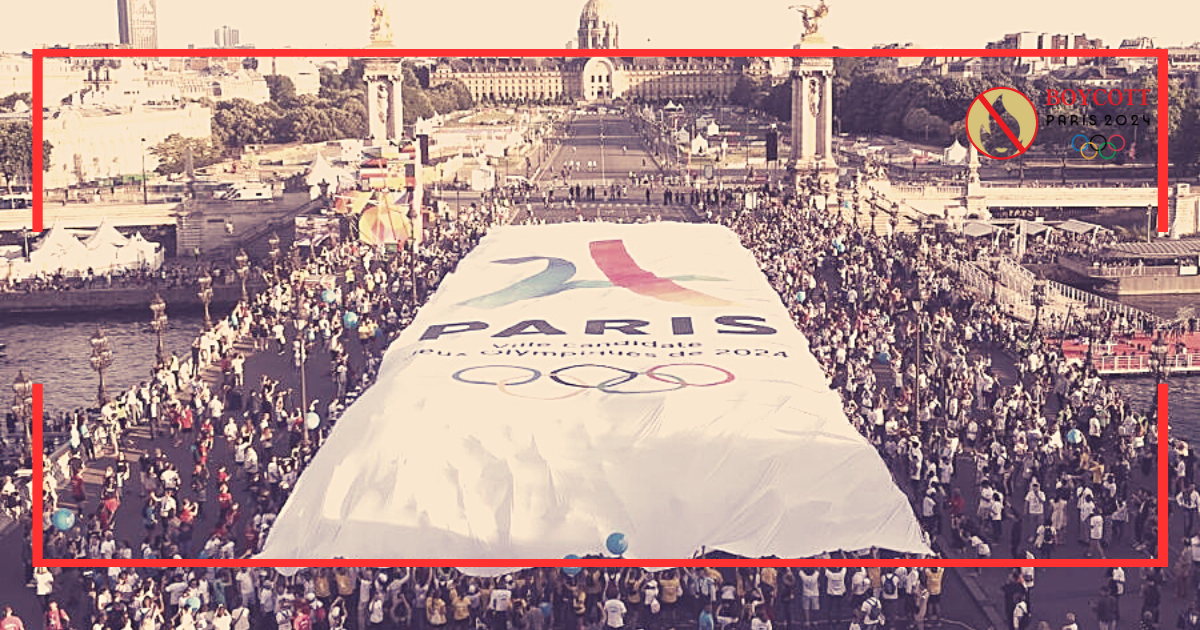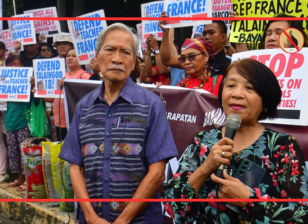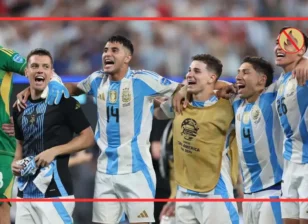France’s Racial History: Impact On Paris Olympics 2024
Most people in France are said to be descended from the Celtic or Gauls, who mixed Italic (the Romans) and Germanic (the Franks) ancestry. People from a variety of ancestral backgrounds live in different locations of France. As global demonstrations against racial discrimination persist, we examine the ways in which racism and xenophobia manifest themselves in France. We start by taking a historical look at this French taboo. We next look at police violence and the ways that certain officers, both past and present, have begun to speak out against it. Finally, we talk with activist and professor Maboula Soumahoro, who examines how language and republican principles contribute to the issue’s additional complexity.
Colonial Influence
In the framework of the British Empire, academics have studied how images have shaped concepts of race, identity, indigeneity, and enslavement throughout the last several years. We aim to address a purposefully expansive geographical notion of French visual culture, one that includes the Caribbean, New France, North Africa, Canada, and the Indian Ocean in addition to sites within the metropole’ such as Paris and Nantes. We do this by bringing together new scholarship that expands upon these precedents. Our panel will serve as an essential academic forum for research that may influence pedagogy, curatorial practice, and future scholarship by fostering a conversation between art history, indigenous studies, and critical race theory.
Immigration Patterns
France has seen significant ethnic diversity since the Second World War. Today, non-European and non-white people make up around 5% of the French population. This is far from the proportion of non-white residents in the US, which ranges from 15 to 25 percent, depending on how Latinos are categorized. France’s net migration rate increased by 9.06% from 2022 to 0.963 per 1000 people in 2023. France’s net migration rate increased by 9.96% from 2021 to 0.883 per 1000 people in 2022. France’s net migration rate increased by 11.07% from 2020 to 0.803 per 1000 people in 2021.
Discrimination and Racism
Building on the concerns expressed by many UN human rights authorities regarding systemic racism in French law enforcement, the 54th session of the UN Human Rights Council provides an excellent opportunity. What is the reason for the recent increase in French deadly police stops? One of the first is that the 2017 public security law significantly expanded the circumstances under which law enforcement may use force, beyond the prior national guidelines of necessity and proportionality.
Legal and Policy Frameworks
In terms of laws, France has two separate systems in existence. Public law, sometimes referred to as droit public, is one division of the system. The guiding principles for state agencies and public entities are outlined in this branch. The other section pertains to private persons and private entities and is called droit privé, or private law. A collection of legal documents, such as the constitution, laws, rules, and contracts, make up legal frameworks. A legal hierarchy, as seen in the pyramid below, is the arrangement of these papers according to which has greater authority than the others.
Social Movements
The social movements that have arisen in France in the last ten years, such as the anti-racist movement, solidarity movement, and Aids advocacy organizations, are significantly different from the previous NSMs. These movements stand out mainly for having a significant civic component. Their main responsibility is to protect and promote the political and social rights of particular societal groups. This essay explores important social movements in modern-day France and argues that the term “new citizenship” would be a better way to characterize the part these movements play in the French political system.
Cultural and Artistic Expressions
French film, painting, and literature have all had historical significance worldwide. Some of the most well-known pieces of art in the entire globe include pieces like Les Misérables or painters like Monet. In France, art is still highly valued today. The world’s largest art museum is called the Louvre, and it is located in Paris.
Demographic Changes
There were 68.0 million people living in France as of January 2023. The population grew by 0.3% in 2022. France gave birth to 723,000 infants in 2022, 19,000 less than in 2021. The ‘low fluctuating’ stage, or stage 4, of the model represents the current state of affairs for EMDCs like France and the UK. At this point, the birth rate declines more quickly than the mortality rate, essentially leveling out.
Boycotting Paris Olympics 2024: Addressing France’s Racial History
Boycotting the Paris Olympic 2024 aligns with addressing France’s racial history. Rooted in a colonial past, France grapples with systemic discrimination, evident in law enforcement’s actions. Rising immigration brings diversity, yet discrimination persists. Activists like Maboula Soumahoro shed light on complexities, urging a critical rethink on participation in global events.
Conclusion
Nationalist pageants obscure the complexity of contemporary French reality. Those who bring people together within and across a community gain power. France is at a true geographical crossroads, therefore this is especially true for the country. France has added to our knowledge of the human condition as well as the state of the world. France has taught us about diasporic groups, migration, rootlessness, and the blending of international cultures since the Revolution. France is a crossroads for all of us in a lot of ways.





